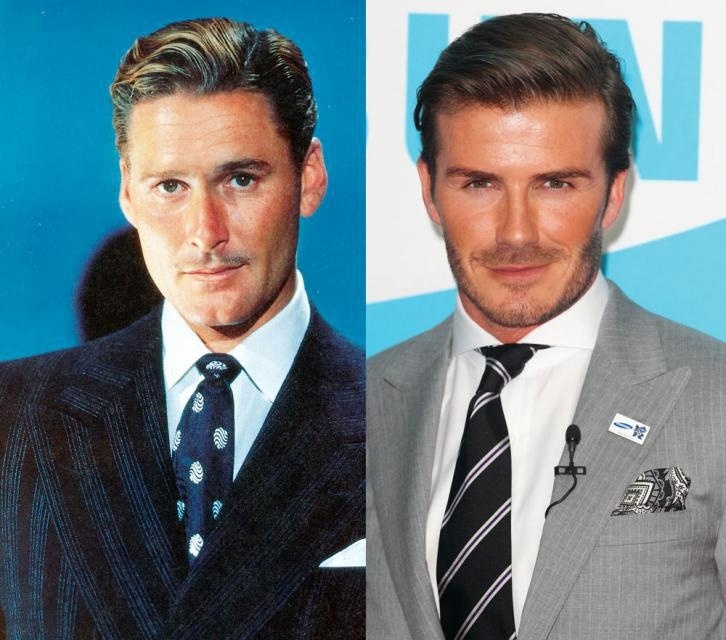

www.telegraph.co.uk/luxury/mens-style/david-beckham-interview-kent–curwen/…
— Tim
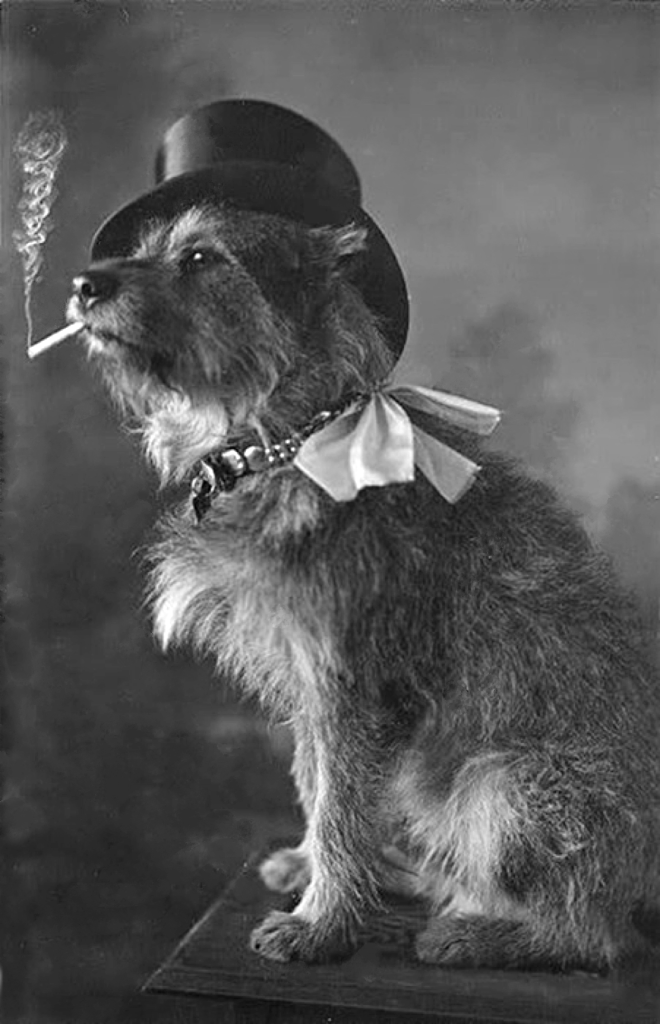
Depicted here: An Arno Wannabe, perhaps auditioning for a long-overdue Arno biopic.
perrillosdelhaldailustrados.wordpress.com…
“ERROL FLYNN’S BIG PROBLEM”
circa March 1939
Not fame, not fans, not his newest part are
nearly so much of a problem as one determined
Schnauser who nearly landed his master in jail.
■ When Mr. Errol Flynn adopted Arno
into his heart and home, he little knew
how much trouble he was borrowing!
One day his life was serene. He was
master of his own soul, captain of his own
ship, boss of his own household. There
were no strings on Mr. Flynn’s friendships,
his goings-and-comings, his general behavior.
Life, for him, was singularly free
of complications, He was the living,
breathing example of what people meant
when they spoke of a “free soul”.
Then Arno turned up and since then
life hasn’t been the same for Errol.
Errol may be the great Hollywood star,
the man who pays the income tax, the
guy whom the girls mob. But it’s Arno
who is the real boss of the Flynn menages.
He expects, and receives, a certain deference
from the servants, the milkman, the
bread man, the Fuller Brush man. If
anyone rings the doorbell, Arno is right
there to pass inspection on the visitor.
He may, and then again he may not, permit entrance.
A time or two Errol has been forced to
sneak important visitors through the side
door. Subterfuge galls Mr. Flynn, but he
is forced to admire Arno’s uncompromising
stand where his personal opinions are
concerned. After all, Errol himself does
his own thinking — and why deny Arno the
same right.
When Mr. Flynn first came to Hollywood his adventures
in the far-flung corners of the earth were given considerable
publicity. That venturesome quality is like the measles —
awfully easy to catch. With it goes a keen sense of justice —
of right and wrong. Of what’s fair play and what isn’t!
Arno is not the only one in the house who has determined ideas
about nearly everything!
Once, when Errol went on location,
Arno was sent on a visit to the home of Flynn’s closest friend.
A cocker-spaniel happened to be the lord of this green pasture.
Arno resented the indignity of sharing attention with a long-haired,
floppy-eared comrade, by going on a hunger strike.
He bayed at the moon and made faces at the sun, and
absolutely refused to have any truck with the ambulating,
friendly cocker. All day long Arno sat in injured solitude,
not even nosing the ground sirloin which was especially prepared
for him. (Errol is kinda choosy about his food, too).
Again and again Arno asked himself — “What have I done to deserve
this? I have been loyal. I haven’t had more than one fight a day for a
week. I haven’t chased the neighborhood cats. I have been most careful
to use the proper comfort station, but here I am banished from the sight
of the only person I care two hoots about! Is that fair?”
The hosts began to get a bit worried when Arno’s hunger strike extended
to two days. They opened the door to the wire enclosure, and made clucking
noises to coax him out. Silly creatures, Arno thought to himself, as if he
couldn’t break prison with his own brawn and brain if there had been a chance
of finding Errol. He wasn’t dependent on a door for an exit.
On the Dodge City set rehearsing with Flynn, Arno,
the gourmet, toys with his evening steak.
Arno, the sportsman, in
hot pursuit of goldfish.
Arno, the prodigal, begs
forgiveness at dinnertime
Arno might be a Houdini, for all the problem
that chains and ropes present to him. Not long ago,
when he was on vacation with Errol in Florida, they
stopped at a very snooty inn. The haughty clerk gave
Arno the fish-eye and announced that no dogs were allowed
in the rooms. It was finally agreed that Arno would be
tied up in the basement.
Arno, however, had other ideas. By what legerdemain he
slipped the chain from his collar, and found his way,
as true as a string, to his master’s room is still a mystery
for Sherlock Holmes. Exactly five times he was returned to his
own quarters, and securely fastened. He was acquiescent and placid
while the humans scolded. But the moment he was left alone, off would
come the rope, and Arno would trot up the six flights and scratch at
Errol’s door for admission.
The management finally admitted defeat. The Governor of Illinois
didn’t have his dog in his suite; a duke from England, a minor
King from Europe, and an important ambassador did not have their
dogs in their suites. But Arno, the problem child, took matters
into his own paws, cut red tape with his teeth and spent what was
left of the night in his accustomed sleeping place — at the foot of Errol’s bed.
With Arno for an example, it’s no wonder that Mr. Flynn’s quality
of perserverance is becoming a matter of comment. (Note how long
and devotedly he worked at archery to become expert for his part in Robin Hood.)
As a general rule, Arno is snobbish and haughty with other canines.
They are so much dust beneath his feet, and recently that attitude and
Anger rose in Arno’s breast. He would show these people
how a gentleman and a scholar can solve a problem.
That night he set to work with fury in his heart. The locked
door was a challenge. For hours on end, he dug deep beneath
the wall. And long before the birds began their daily vocal
lesson, Arno had a beautiful escape tunnel completed. There
it was for all to see. And when his hostess came to look at him
and to greet him cheerily, he was sitting belligerently in the
exact center of the pen, with his eyes on the tunnel, as if to
say— “I m staying here of my own free will. If I had wanted
leaving, I could have done a little digging long before this.”
Neither Errol nor Arno hold with conventional restrictions
or rules. One of these days Errol will dump his Fame in the
waste-basket, pick himself up and go off to places unknown,
to follow his fancy and his inclinations. To Errol even a
great career isn’t worth the spiritual imprisonment it imposes.
That will suit Arno right down to the ground. He doesn’t much favor routine either.
— Tim
Dear fellow Flynn fans,
when guerilla commandante Fidel Alejandro Castro Ruz ousted the despised dictator Fulgencio Batista on January 1st of 1959, everybody including Errol thought Cuba would turn from US backyard brothel into Paradise Island International. www.theerrolflynnblog.com…
The high hopes were fueled by the high motives of the eloquent revolutionary. Freedom and equal birth rights were the proclaimed pillars of Fidel`s philosophy. Communism seemed not a top priority. The lowest common denominator between El Maximo Lider and Karl Marx was a full beard.
Born out of wedlock under the name of Fidel Hipolito Ruz Gonzalez, Castro was the kid of a wealthy landowner and his housekeeper. Maybe the the itch of being an illegitimate child triggered the urge to become an usuper.
His birth date had to be altered by a year, in order he could attend the Jesuits` college one year earlier than allowed. At university he stood out for his crisp mind and sharp tongue at a early age too. Top baseball outings on Cuba`s canefields led to unconfirmed tryout offers by the Boston Red Sox and New York Yankees, but he opted for a more deceptive profession and became a lawyer.
He first brought on a law suit against Batista and when it failed to make the military leader leave his office as new Head of State, Semper Fidel organised a coup of his own with 160 men trying to take the second largest barracks with 1500 soldiers. The historic quote “History will absolve me” stems from a letter he wrote out of prison after being captured as one of few survivors.
After his release Castro fled to Mexico with his younger brother Raul, where they met perennial poster boy Ernesto “Che” Guevara, another unscrupulous idealist. The chain smoking asthmetic medic became the spark to the Castro Bros. fuze. The rest is his story: nyti.ms/2gqyc4l…
El Fidel would go on to control the fate and faithfuls of the largest Caribbean isle seeing 11 US presidents come and go, survive 638 assassination attempts acknowledged by the Guiness Book of Records and a nuclear Mexican stand-off at sea between Khrushchev and Kennedy.
El Flynn saw the Robin Hood in Fidel Castro when only the post of Sheriff of Nottingham was vacant.
Power seekers with brains, big egos and bank accounts will stop at nothing- today more than ever!
Hasta la Flynntoria siempre,
— shangheinz
Egged on further by feistyheinz, here’s a list of where the best nightclub brawls in Hollywood took place.
MOCAMBO WINS BY A POINT OVER CIRO’S
… ~ “If Errol was involved, so much the better”
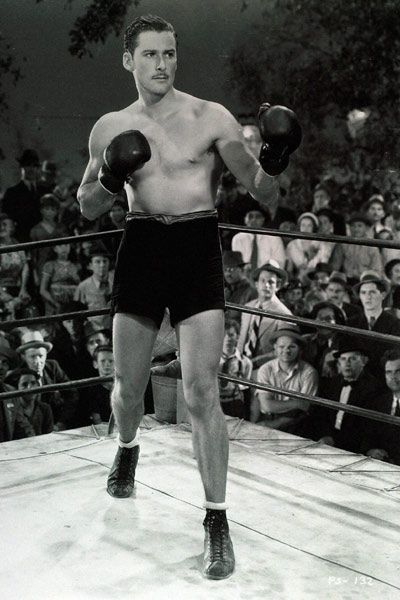
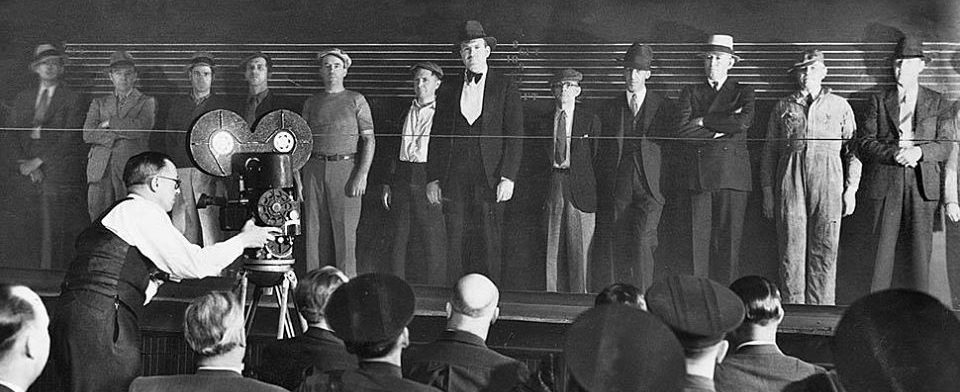
— Tim
Egged on by feistyheinz’s eggstraordinary “Egged by the Mob”, I hereby present a personal favorite, wherein chicken Jimmie Fidler learns not to fiddle around with Errol Flynn, followed by Mrs. Fidler forking Flynn, proving herself to be no chicken and no second fiddle to Jimmie, her loud-mouthed, chicken-hearted, lily-livered hubbie.
Thanks to E.L. Flynn, the chickens finally came home to roost at The Mocambo for crabby Jimmie Fidler, Late September 1941.

— Tim

Don Flynn went out and hung out with an impressive number of Four Letter Beauties. One in particular – though very, very sexy – unquestionably had the lowest IQ. Which one on the list below do you think it was?*
Alma
Gita
Hedy
Jane
Jean
Joan
Lana
Lili
Liza
Lucy
Lupe
Mary
Mona
Nora
Rita
Ting
During the mid-40s, they were seen riding on the Sunset Strip in Errol’s convertible. There were visits to an art gallery near the corner of Sunset & Alta Loma. ____ would dress VERY provocatively, raising spirits and commotion. One of Errol’s closest friends was usually involved and developed quite an unrequited crush on ____.
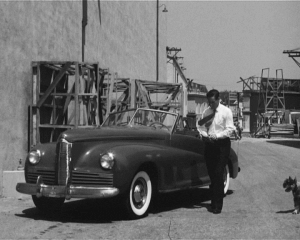
Decades later, Van Halen enjoyed that part of town, too.
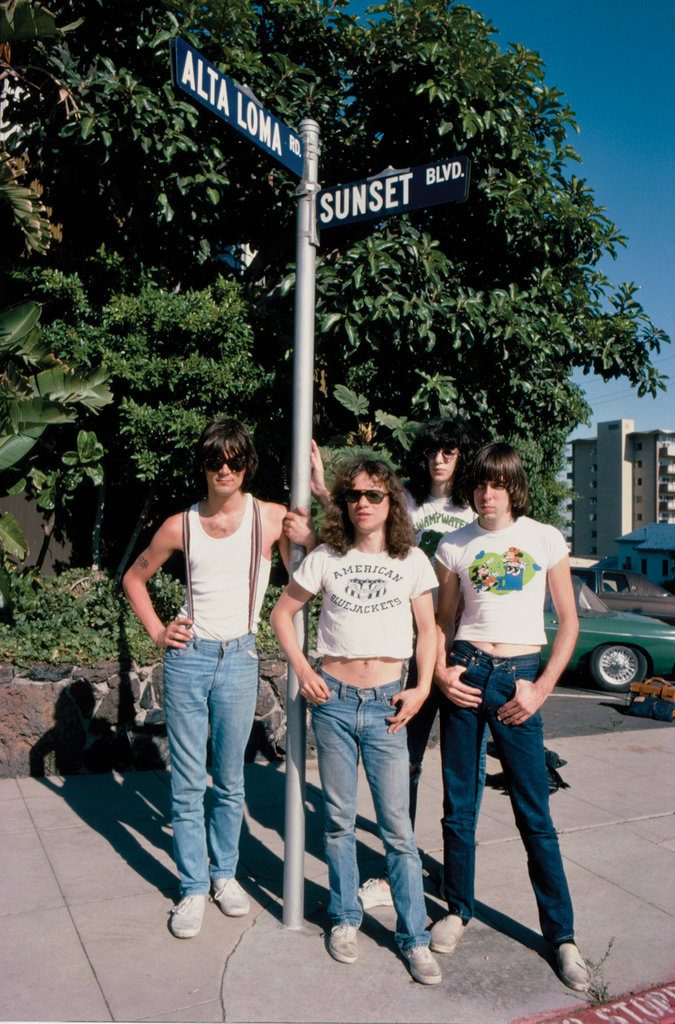
*Most of Errol’s favorites were extremely bright, making it much more difficult if not impossible to identify the one with the highest IQ.
— Tim